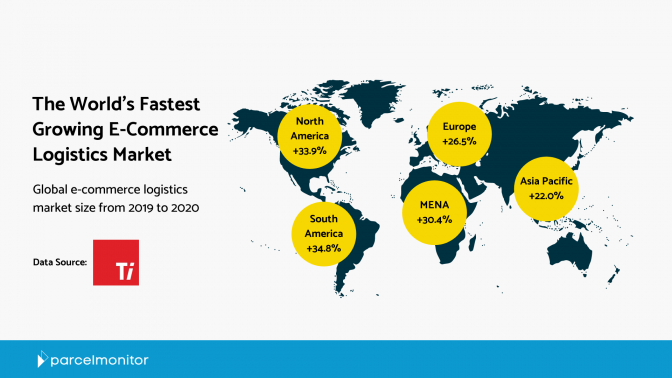Federal Chair Jerome Powell discusses forward guidance of the Federal Open Market Committee (FOMC) that is responsible for open market decisions who indicated a need to taper inflation (See description of FOMC). He provides an assessment of positive economic news in terms of labor, opening of economy, and aggregate demand. The assessment includes healthy outlook of business prospects in the near term. Higher GDP growth, low unemployment, and other positive indicators prompted the Federal Reserve to begin reducing financial support for the economy. There is also a market opportunity that has opened up....
Real GDP growth for the U.S. is expected to be 5.5% in 2021 and 4% in 2022. Its not a bad number and certainly could be correct but could also be influenced by digital adaptations of the Digital Economy that is not yet well understood on a Federal level yet. (Sometimes its beneficial look at trends of the two largest world economies such as China and the U.S.. You can review December 15th, 2021 Q3 China GDP Stats HERE. You can also get a glimpse of a strategy by reviewing China's increase in research and experimental expenditures 10.2% HERE. The U.S. is likewise making a strategic push by developing new infrastructure, COVID digital adjustments, return manufacturing to the US, and similar R&D expenditures. You can read an October 4th, 2021 congressional report on the nature of research in the U.S. and how much is business, university, federal, etc... Congressional Research, 2021 ).According to IDC, a provider of market intelligence projects, between 2022-24 more than half the global economy will be influenced by digital in some way, digital investments were 40% higher than two years ago ($6.3 trillion) and one in two companies will receive 40% of their income from digital projects and services (IDC, October, 2021). Such reports seem to indicate that fundamental way in which we conduct business (and the basics of transactions between entities is changing beyond traditional economic assumptions) is adjusting to new technology and such methods will become increasingly a priority to the U.S. Thus, all numbers should be seen in imperfect benchmarks of international comparison and in turn the very definition of economic activity from a metric level may change (...likely to new future benchmarks through big data.).
The U.S. experienced one of the largest growths in e-commerce (33.9%) in 2020 while the global economy experienced a 27.6% of e-commerce expansion over the same year. (Ti-Insight, 2021). You will also notice with the IMF report (Granted they are using data from 2019) that the most advanced nations have the most Internet users 80+% (IMF, October, 2021, Fig. 1.22) and as the market reaches saturation it will likely be more focused beyond new Internet sign ups. That shift will likely lay on bandwidth, security of data (new storage and dispersion methods), and advanced robotic/distribution methods that will increase production, delivery and innovation (Maybe an important marker of moving into an advanced digital age with new manufacturing capabilities; among other changes as a platform shift.)
 |
| T-Insight You can see the U.S. as a top E-commerce market in 2020 |
We can find some justification for this digital transformation from a CISCO Whitepaper that discusses increases in global Internet usage (66% of world population), increased bandwidth (more than doubled), and unfortunately more stolen records ( 776%%) highlighting security adjustments (Cisco Annual Report, 2020). The trends toward greater integration of digital technologies with our physical world is becoming an increasing trend and the pandemic pushed it faster thereby putting pressure on American institutions to adapt more quickly (Stability can be maintained by focusing on integrity and transparency in institutional changes.).
That can be a good thing for countries like the U.S. who instead of being swallowed up by the pandemic found a way to increase competitiveness and regain some lost ground. As the nation ponders infrastructure one should consider how investment in distribution and fulfilment can lead to increased venture and foreign capital investments (Lincoln International, 2021). Using our resources wisely today to build an export oriented infrastructure that complements an advanced digital nation will likely change the U.S. trajectory into something more positive (It could have went the other way but we were already beginning the transition and both presidents took reasonable steps that for the most part worked out on an economic level.) That network can be used to make the U.S. not only the most effective place to start businesses but also a place where new ideas meet advanced capabilities that leads to higher investment ROI.
You can see some of the potential platform changes in a graph Digital Era/Information Age (See Sociological-Economic Platforms)
(Disclaimer: These are only ideas based on a transactional theory that has been developing over the past 12+ years. It seeks to understand digital development through human adaptation that leads to innovation. Because theory constantly seeks to be tweaked one should make their own assumptions and do their own mental analysis. They are just ideas...so no claim to their accuracy other than to say they seem "in the ball park". Time will tell. If not...I learned some new things anyway. 🤷 For example, you an look at some Michigan's EV industry to see how some changes might occur. HERE or changes in how to power like industries HERE.)
'
No comments:
Post a Comment